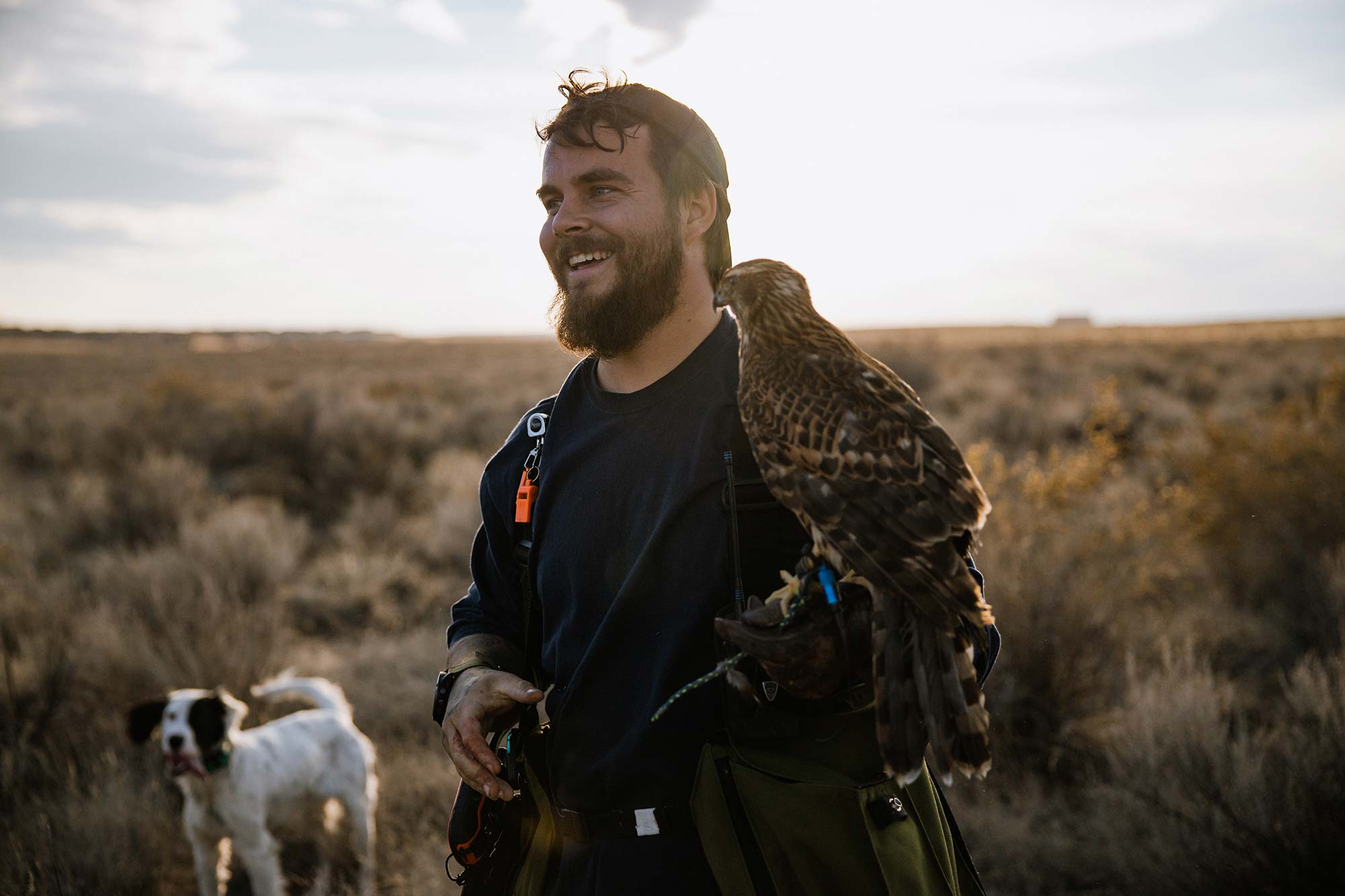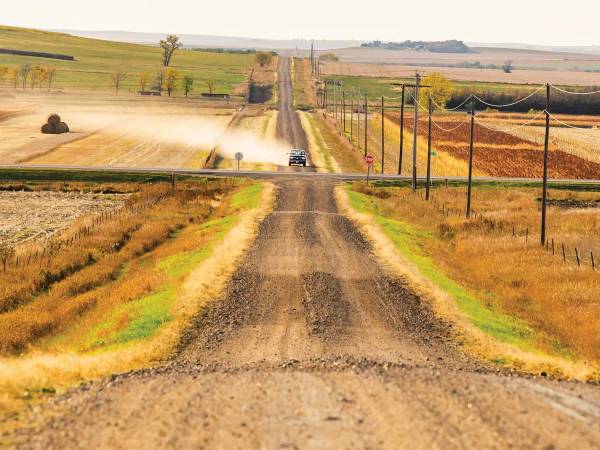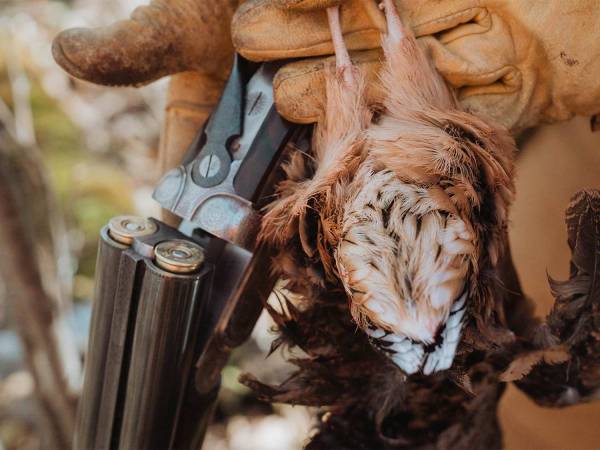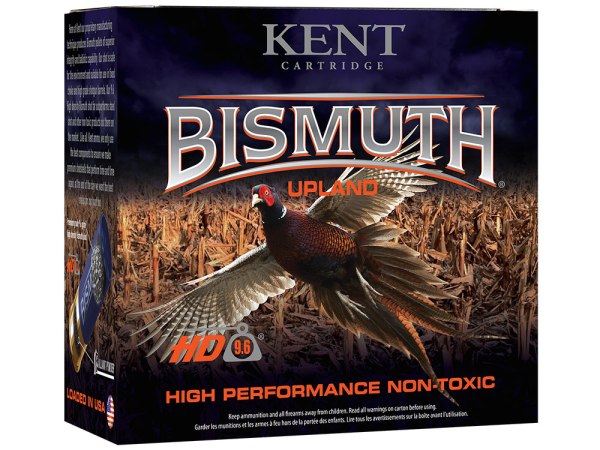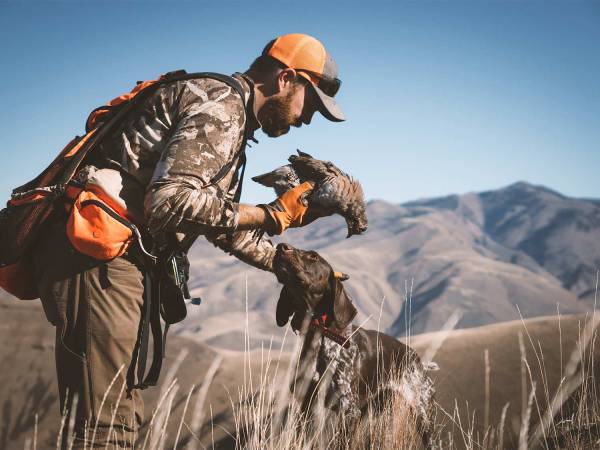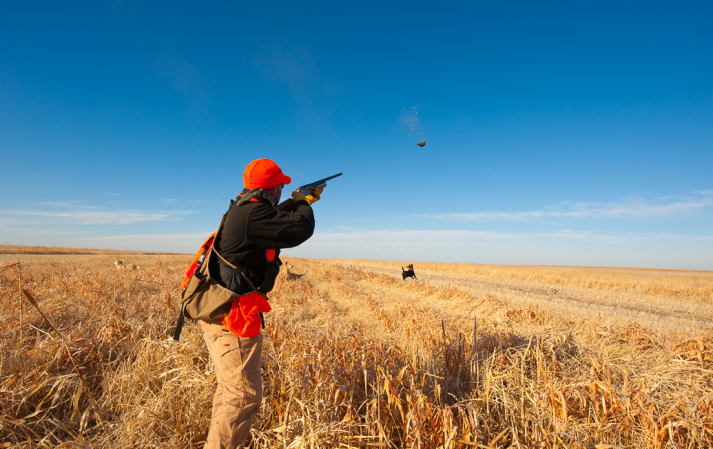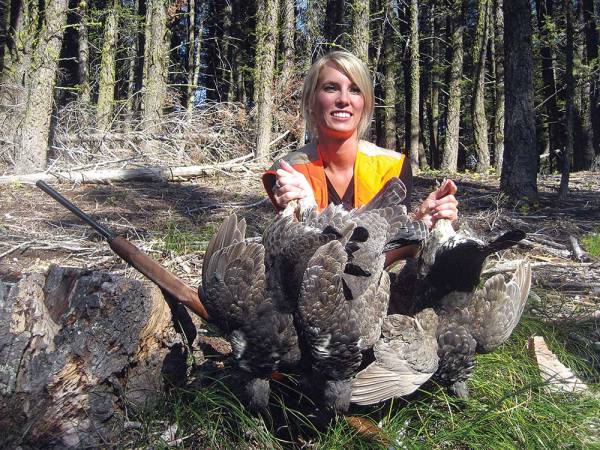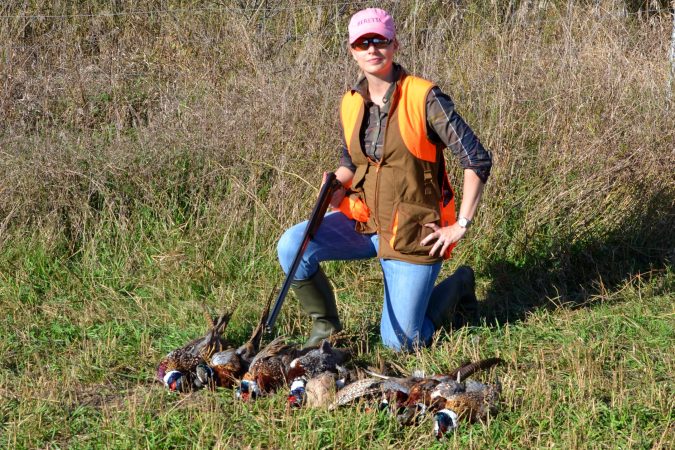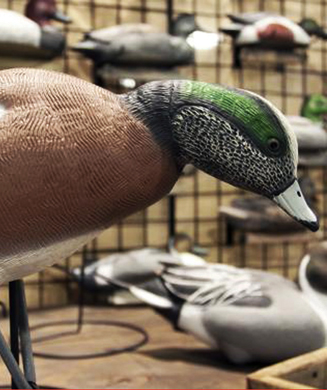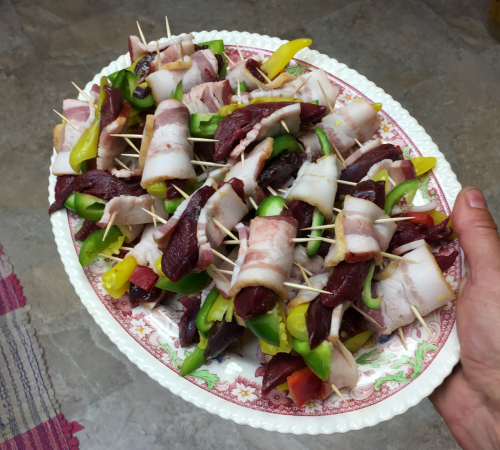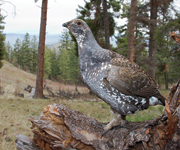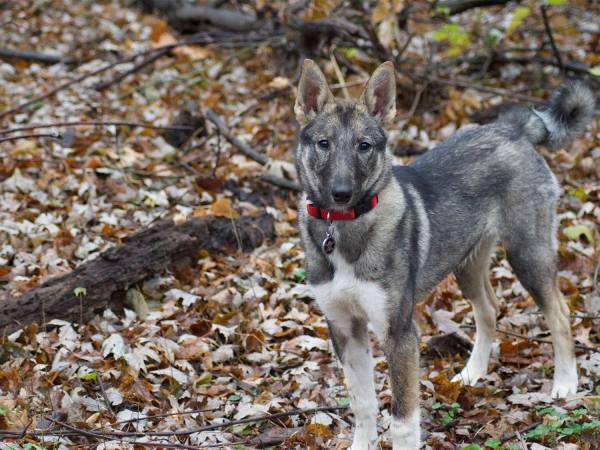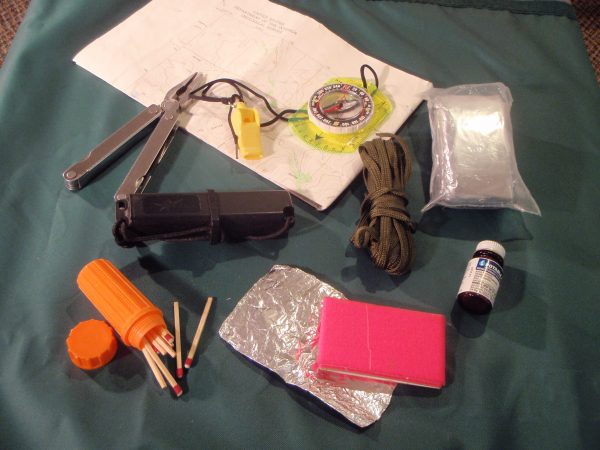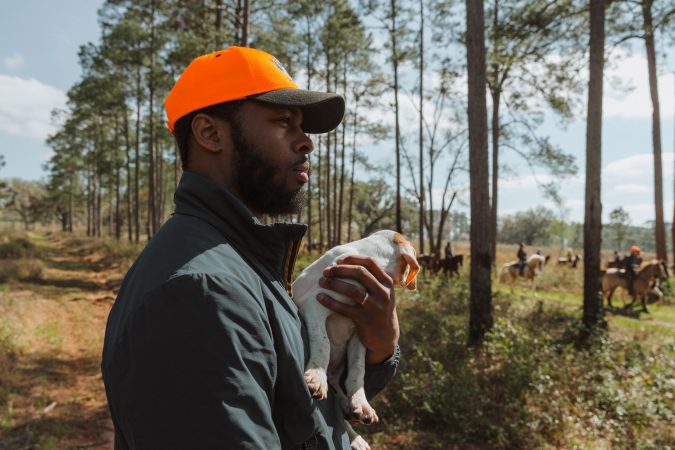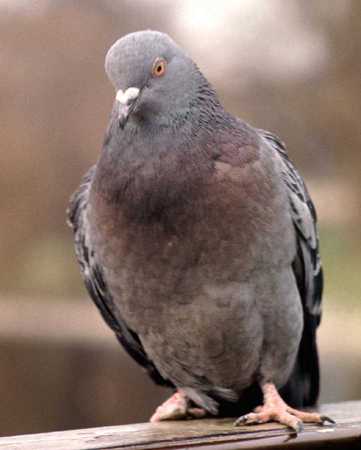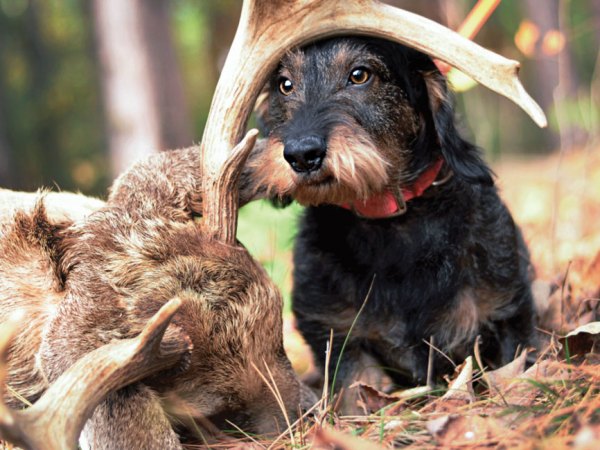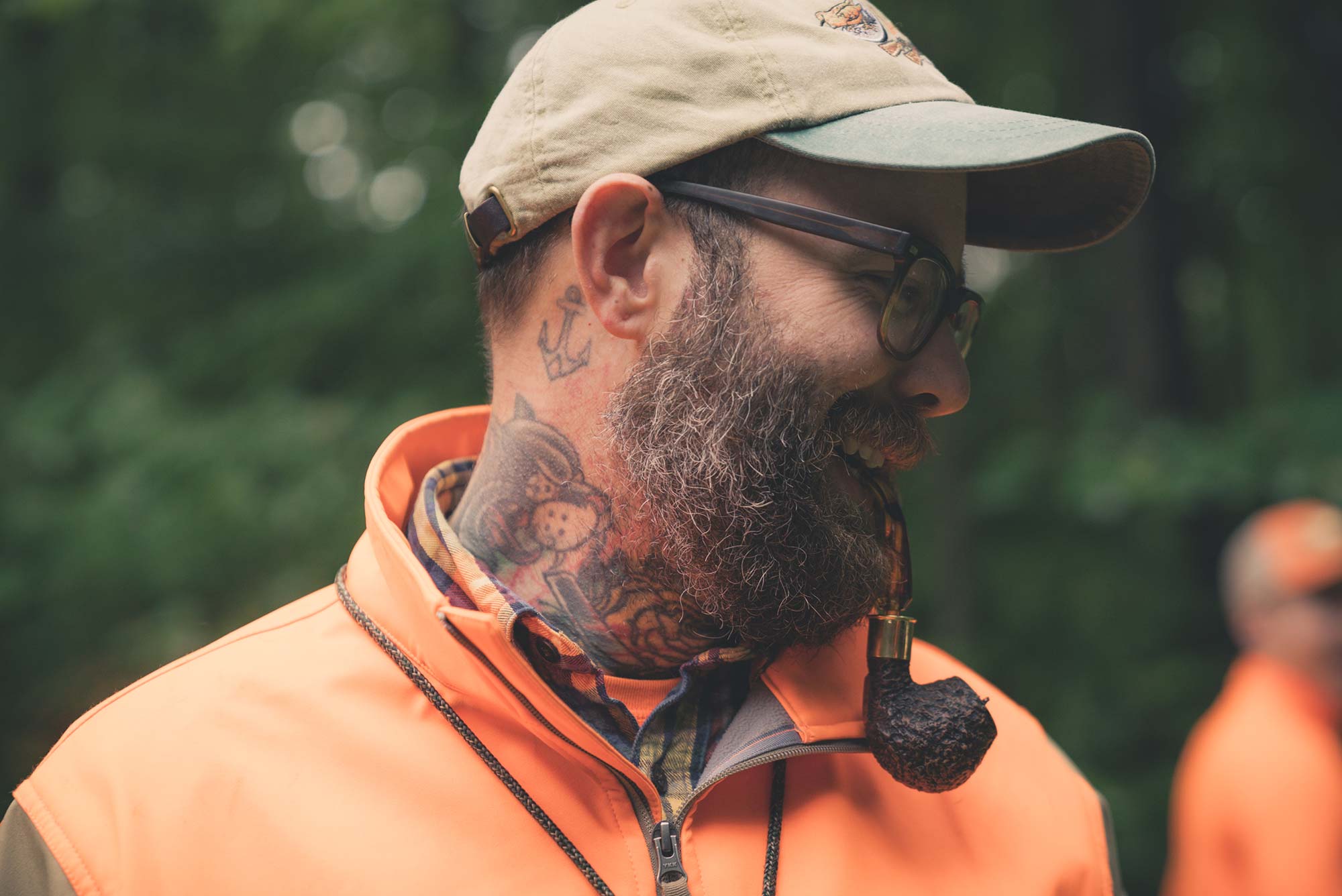
The truck rolled to a stop as Jay Dowd reached over and turned the radio off. “This is a great spot,” he said as the world shifted from motion to the stillness of a large aspen stand in an undisclosed location in Michigan. The early fall revealed lime-colored leaves juxtaposed on the light bark of young trees. He stepped out of the car, his movements not rushed but deliberate and calm as if he were bleeding out every last drop of enjoyment.
“I think the overall challenge of hitting a bird on the wing, and in my personal opinion, over a solid point, that really brings out something in certain people. Everything must come together exactly right between you, the dog, and the bird. It’s a personal feeling of satisfaction that’s hard to describe or put a finger on, but I think most upland hunters would know what I’m talking about,” he said describing his love for bird hunting. In a way, this statement could have an air of elitism to it, but in reality, it couldn’t be further from the truth.
The tailgate of the truck came down with a thump and two English setters stared back at us with equal calm and patience. He slid a homemade wooden draw open and began to assemble his well-worn 16-gauge Parker D grade. Two beeper collars chimed to life, no GPS, just a compass hanging off his lanyard with a traditional flush counter. The smell of a pipe lingered in the air as it burnt out as he pulled on his Orvis upland hunting jacket. Everything about this scene fit the stereotypes that portray upland bird hunting as an elitist niche. And for the most part, I could be describing someone in a Ripley painting, a nod back to the greats.
One of these greats, is none other than the late author and dog breeder George Bird Evans, who’s reputation over time built an air of elitism. Evans held himself to a higher standard and cast the ideal of sporting ethics across much of his writing: “If I could shoot a game bird and still not hurt it, the way I can take a trout on a fly and release it, I doubt if I would kill another one. This is a strange statement coming from a man whose life is dedicated to shooting and gun dogs. For me, there is almost no moment more sublime than when I pull the trigger and see a grouse fall. Yet, as the bird is retrieved I feel a sense of remorse for taking a courageous life. About the time I passed fifty I noticed this conflict becoming more pronounced…”
But there were some parts left out as this picture of Dowd and his dogs was painted. The lower knuckles of Dowd’s hands revealed the tattoo “bird dogs” and even more revealing were the words “drop dead” above that. His neck and every inch of any exposed skin revealed scores of traditional tattoo work, and it makes sense, at 41 years old, Dowd, also known as Upland Lowlife, was a tattoo artist for a decade. He grew up in the metal/punk rock scene and followed a path to the upland subcultures.
Now a professional artist popular in the upland hunting space, he represents a more accurate depiction of what the upland hunting community is increasingly looking like. Far from the elitist photos of wealthy hunters riding on carts on a Southern quail plantation that was popularized in magazines and traditional outdoor television. This younger and more modern crowd is breaking the stigma of upland hunting. It is a world of DIYers, taking on road trips, public lands, and adventure with no fear of defeat. The challenge is what lures these people in.
“I would say that upland culture has become more accessible (with social media) to people that maybe didn’t grow up in a hunting family. I remember a few years back I got a lot of messages from younger people that would be like ‘man I bird hunt too!’ I don’t know anyone else my age that bird hunts,” Dowd says.
A Sense of Community
Fast forward some years and Project Upland found itself scouting a new potential film with Tyler Sladen, a passionate upland hunter and falconer. Also covered in tattoos, he lives in in downtown Albuquerque, New Mexico. Soon after talking, we realized we both grew up in Massachusetts and hung out in the same hardcore/punk rock scene separated by a few years.
“I think a lot of hardcore and punk kids got into upland for the same sense of community, being outcasts amongst music aficionados, it felt the same to be on the upland side of hunters, upland hunting doesn’t take as much money as people act like,” Sladen says.
“There is a generation and section of upland that can be elitist, but overall, it’s welcoming and exciting to see new folks and willing to help new people,” Sladen says. “From showing folks how to hunt a new bird, swapping hunts, or even giving a first-time bird dog person their first dog as a gift I’ve seen it all many times. You don’t see as much of that with deer hunting or turkey hunting, especially not duck hunting.”
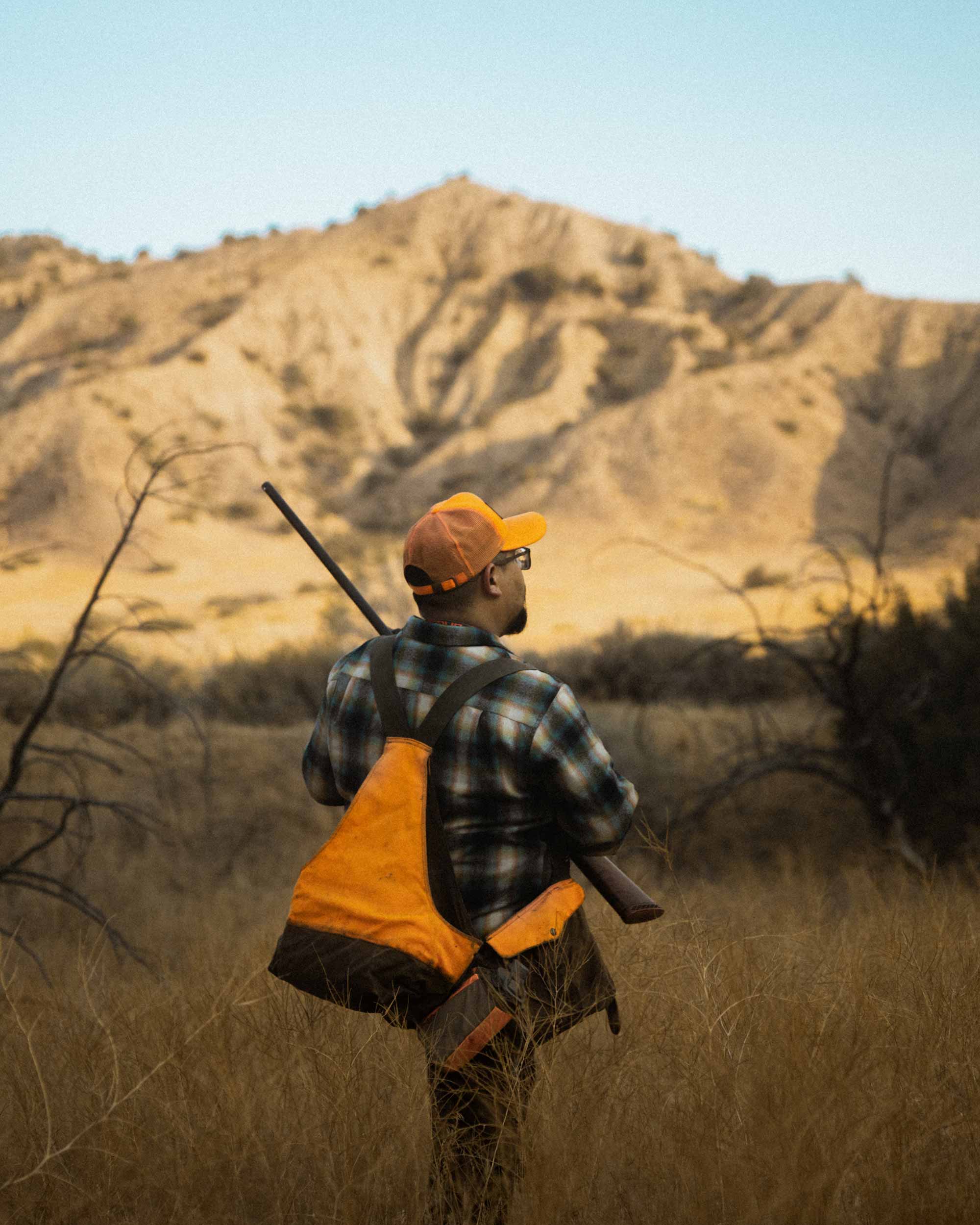
A couple of states over in Southern California we connected with Jorge Ramirez, or as many in our community would know him as @upland_jitsu. “I love art and telling stories. It is a part of my Mexican heritage and culture. Drawing and writing are in my blood. Throw in some angst, crazy life experiences, tattoos, the Cadillac Tramps, a love for vintage shotguns, and a passion for upland hunting and you get one of my art pieces or stories. It is personal. It is real. It is me. It is kind of nonconforming and refuses to be put in a box. A little tongue-in-cheek. There is a little bit of that punk-rock kid in there still.”
Growing up in the suburbs of Boston as a skateboarding, punk rock kid, it’s not hard to feel a kinship between these people. My collection of vintage skateboards stopped expanding and changed to double guns. And although I grew up hunting, the dogs, the guns, the non-conformity described above, and the challenge had an appeal to me. The reasons my father hunted are different than why and how I hunt. But I did not really see the full connections until I made the acquaintance of Jamie Reilly, Vice President of Global Creative for Vans, the skate shoe company.
Related: How to Hunt the Mysterious Woodcock Migration
Reilly got into hunting later in life but now hunts over his own Bracco Italiano inspired by an episode of MeatEater with Ron Boehme of the Hunting Dog Podcast. “I had been a vegetarian for a long time (15 years or so) and when I decided I wanted to try eating meat again I would only do it if I could stomach what that process entailed. I read Michael Pollan’s The Omnivore’s Dilemma and got obsessed with the idea of shooting a wild boar,” Reilly says. “I knew how to shoot already, so I found a friend of a friend who would teach me how to hunt, put in the work, and eventually, about 10 years ago, I got my first wild game, a California hog.
”What really got me hooked was hunting behind a dog, and that happened first with a couple friends in North Dakota chasing pheasants in the snow. I like all sorts of hunting, but I like that upland hunting you’re moving. I much prefer that to sitting still. And I like that you get to work with a dog, and if you’re with friends, you can socialize while you hunt,” Reilly says.
The comment that took me back to my skateboarding youth, trying to stick that handrail downtown (wearing Vans). The connection between skating and upland hunting was something I had never put together.
“I can see some similarities: they don’t require a lot of equipment to get started, they don’t have a ton of rules, you can do them with other people or you can do them alone, and they require a lot of practice to be any good. It’s funny, and I hadn’t thought of this before, but falling on a basic trick at a skate spot when people you don’t know are watching is a similar feeling to hunting with new people and whiffing your first shot. Sadly, I am intimately familiar with that feeling,” Reilly says.
A Shift in the Narrative
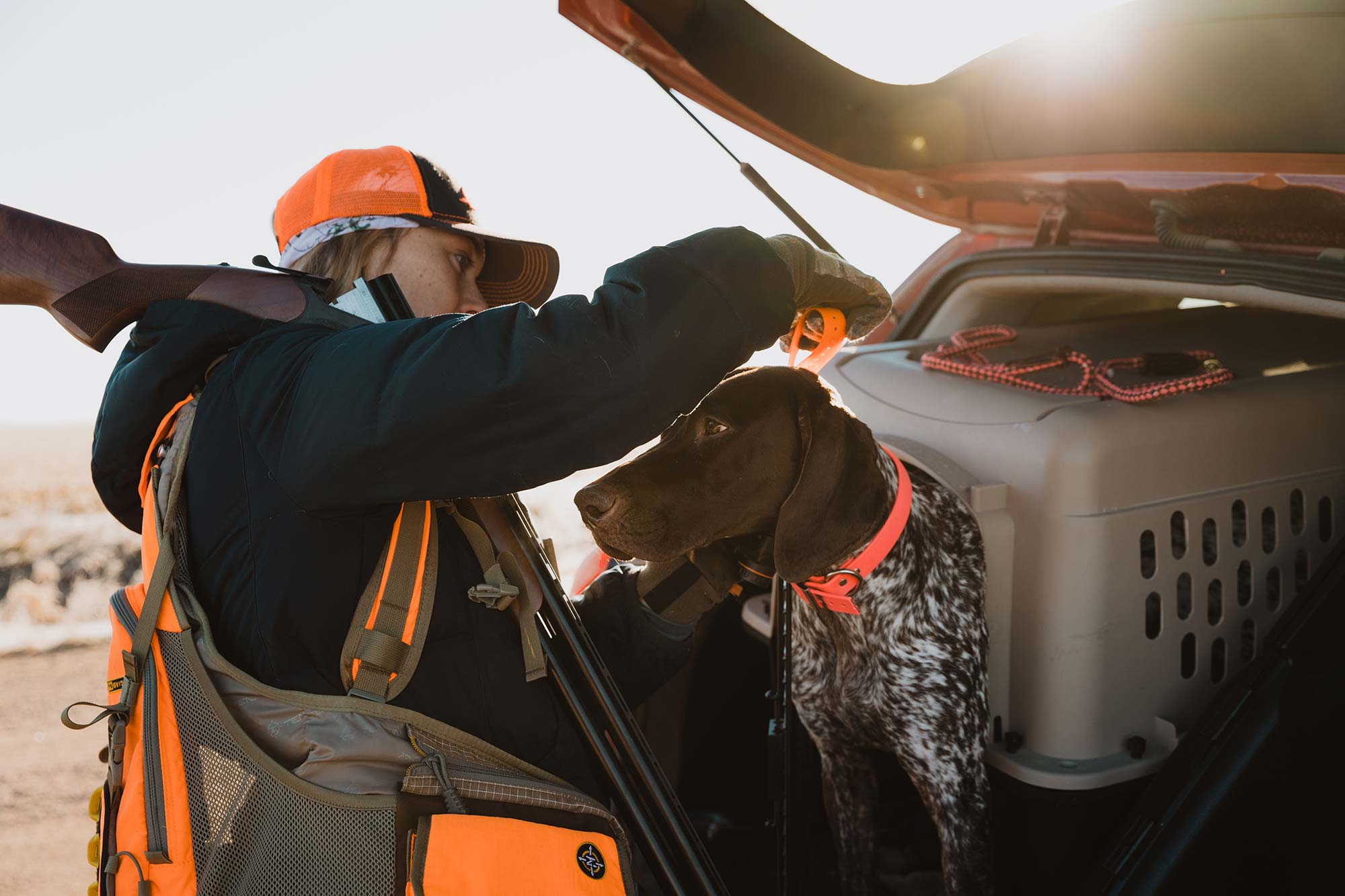
When I go back to those days with Jay Dowd and think about the self-imposed rules we set, I realize that chasing that perfect point, day after day, behind my Griffon is no different than trying to stick that handrail downtown as a kid, failing over and over again, only to feel the pure energy and enthusiasm of when it comes together. And just like skate subculture, we all create our customized version with species, dog breeds, shotguns, and many other variables open to the imagination.
Not every upland hunter is some ex-punk rock kid, but there is no doubt that I have gravitated to that narrative; it’s my comfort food. This story is ultimately about inclusiveness, and someone that would have a good read on this “lack” of elitism is Marissa Jenson, Education & Outreach Program Manager for Pheasants Forever.
“I have really seen a shift in the narrative, or maybe it’s more appropriate to say a louder narrative that the uplands are truly welcoming for all. These places can’t and won’t remain if we don’t have a larger, diverse audience caring about them. When you’re out in the field, it doesn’t matter who you are or what your background is. What matters is your time away, reconnecting back to the land,” Jenson says.
“In a world of social media, we are being marketed to like never before, which can change the way we ‘see’ ourselves in these spaces. Sometimes that’s extremely valuable, other times it can be a hurdle. However, social media also allows us to meet people we would not have the opportunity to otherwise. I have hunted with new individuals through social media that have become lifelong friends,” Jenson says. “I think we must all look beyond stereotypes and judgments and try to meet people where they are… and that’s in the uplands. That’s a common ground we can all be proud of.”
”In a field that has been predominately male, women are blazing their own trail across the uplands. Sure, there have been and will continue to be struggles along the way, whether that’s finding the right mentor or even the elusive women’s upland pants that fit, but dedicated uplanders—dedicated women uplanders—find a way because they can and they want to,” Jenson says.
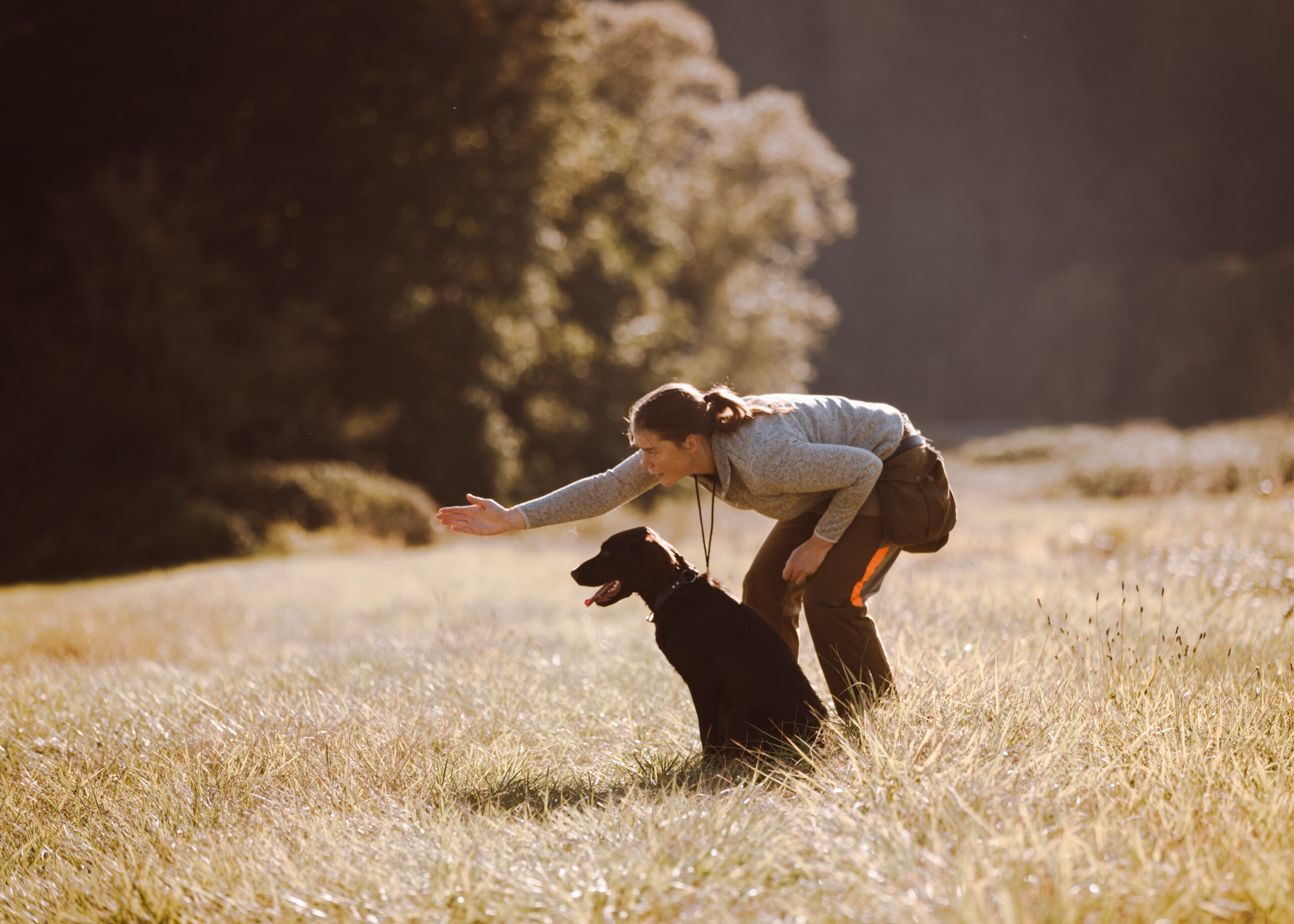
Dowd and I continued through the cover as his two dogs ranged out scouring the landscape. I wondered how akin Dowd is to the late George Bird Evans who he admires so much—misunderstood, too much of a traditionalist, or maybe just set on being himself.
“If people really wanted to shoot these birds it would be much easier to do so if they were sitting on the ground or in a tree, just like it would be easier to catch fish with live bait,” Dowd says. “I think that people perceive upland hunters as elitists because they make choices to only take birds on the wing, and target a small animal when from a survival standpoint it doesn’t make much sense. Not that I don’t appreciate good guns and gear, but I think the average upland hunter can find a good balance between necessity and trying too hard.”
As steady screech of a hawk noise came from the collar of “Toothy Ruthie,” Dowd pushed his way through the cover. The grouse banked hard to the left and Dowd’s shotgun fired once as the bird crumpled. As he held it and smiled the enthusiasm was intoxicating. “Well that’s five birds out of this cover this year, we cannot hunt it anymore.” This self-imposed rule is something I would cling onto and apply to my own covers—like skater culture moving from West to the East, I took it home with me, back to New England.
That night we sat in Dowd’s cabin, and after some whiskey he began to recite the George Bird Evans lines without missing a beat. “How then, can you love a bird and kill it and still feel decent? I think the answer is, to be worthy of your game. Which boils down to a gentleman’s agreement between you and the bird, never forgetting that it is the bird that has everything to lose. It consists of things you feel and do, not because someone is looking or because the law says you may or must not, but because you feel that this is the honorable way to do it.”
Through countless hours of filming over the years, hunting with various folks, different ages, genders, ethnicities, and classes, the common thread is that of misfits, no two alike, orchestrating an individual story that plays to their full creativity. Sure, some demographics still think things are a competition, but for the most part that’s a fading world. It’s looking more like a couple of kids on the corner trying to nail that handrail, no sanctioned sport or competition, just a community of personal bests. The elitism would imply these folks think they are better than the next. But the truer narrative is most do not think twice about what someone thinks, they are just caught up trying to work out that perfect moment they keep playing in their heads. Upland hunting can be anything we want it to be and if we follow the law, the combination of variables we can create is virtually limitless. Vert or street, goofy foot or regular, double gun or semi-automatic, pointer or flusher. It’s a world of subcultures.
— A.J. DeRosa is the Founder of Project Upland, Creative Director of Northwoods Collective, and author of The Urban Deer Complex. He spends bird his season hunting over his Wirehaired Pointing Griffon named Grim.
